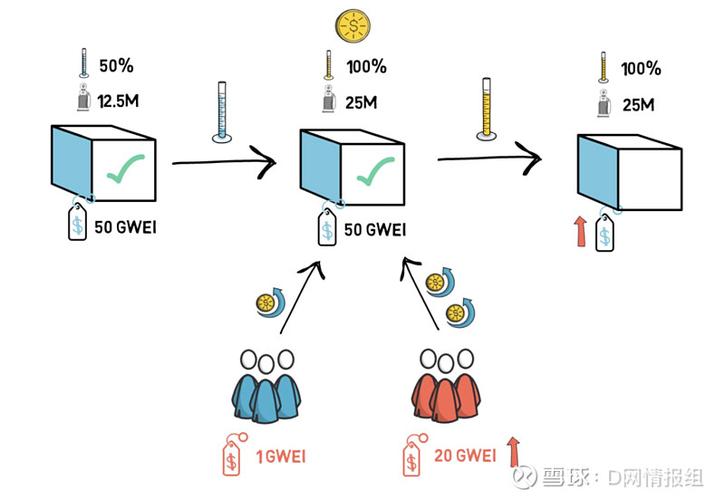
Understanding EIP-1559: A Comprehensive Guide
Ethereum Improvement Proposal (EIP) 1559 is a significant upgrade to the Ethereum network, designed to enhance its scalability, security, and sustainability. As you delve into the intricacies of this proposal, it’s essential to understand its impact on the network and its users. Let’s explore the various aspects of EIP-1559 in detail.
The Core of EIP-1559: Base Fees and Transaction Fees
EIP-1559 introduces a new model for transaction fees on the Ethereum network. Instead of miners setting the price for each transaction, the network will automatically adjust the base fee based on network congestion. This base fee is then added to the transaction fee, which is paid to the miner. This change aims to reduce the volatility of transaction fees and make them more predictable for users.

| Component | Description |
|---|---|
| Base Fee | The fee automatically adjusted by the network based on congestion. |
| Transaction Fee | The fee paid to the miner, which includes the base fee and a priority fee. |
The Impact on Miners
EIP-1559 has a significant impact on miners, as it reduces their revenue. With the introduction of the base fee, miners no longer have control over the transaction fees. This has led to concerns about the sustainability of mining operations and the potential for a decrease in network security. However, proponents argue that the long-term benefits of EIP-1559, such as improved scalability and sustainability, will outweigh the short-term challenges faced by miners.
The Effect on Network Scalability
EIP-1559 is expected to significantly improve the scalability of the Ethereum network. By reducing the volatility of transaction fees, the network can handle more transactions per second, leading to faster confirmation times and a better user experience. This is crucial for the growth and adoption of decentralized applications (dApps) on the Ethereum platform.
The Role of The Graph
The Graph is a decentralized protocol for indexing and querying blockchain data. With the implementation of EIP-1559, The Graph will need to adjust its data extraction process to ensure continued access to historical blockchain data. This is essential for the functioning of dApps and other applications that rely on The Graph’s data indexing capabilities.
The Potential for Network Security Issues
While EIP-1559 offers numerous benefits, it also raises concerns about network security. The reduction in miner revenue may lead to a decrease in the number of miners operating on the network, potentially impacting network security. Additionally, the introduction of the base fee may create new attack vectors for malicious actors. It’s essential for the Ethereum community to monitor these developments and address any potential security issues promptly.
The Future of Ethereum
EIP-1559 is a critical step towards a more scalable, secure, and sustainable Ethereum network. As the network continues to evolve, it’s essential for users, developers, and miners to stay informed about the latest developments and work together to ensure the success of the Ethereum ecosystem.



